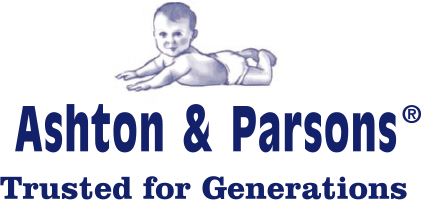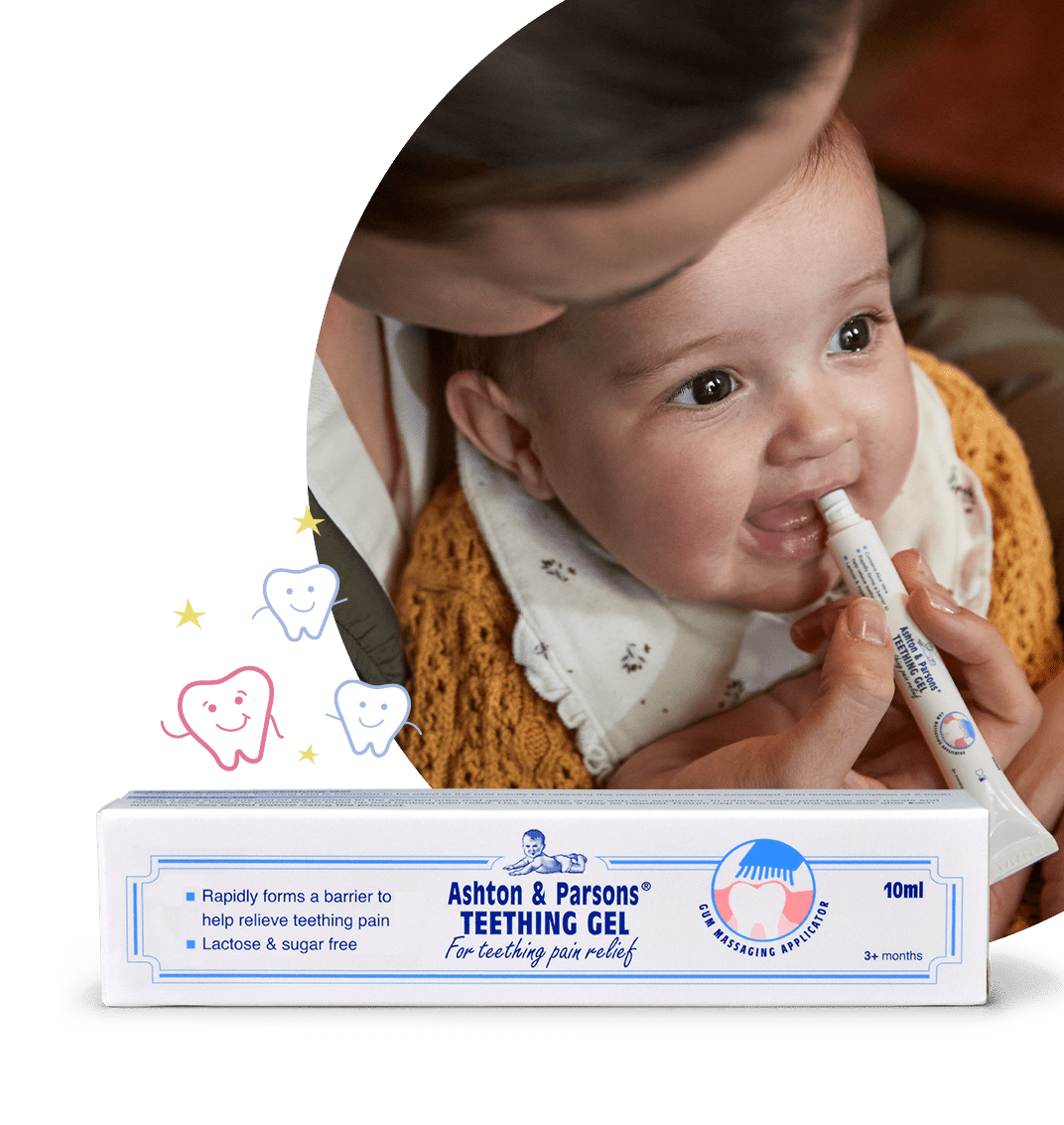Herbal v Homeopathic
PRESS RELEASE
Following the recent press coverage following the FDA warning on the use of homeopathic teething tablets and gels, Ashton and Parsons encourages education on the difference between traditional herbal remedies and homeopathy to help consumers.
Homeopathy is a Complementary or Alternative Medicine (CAM) and different from treatments that
are part of conventional Western medicine. It is based on a series of ideas developed in the 1790s by
a German doctor, Samuel Hahnemann. A central principle of the Homeopathy is that “like cures like”
– that a substance that causes certain symptoms can also help to remove those symptoms. While
the practice of homeopathy in the UK is not regulated by law, homeopathic products sold as
remedies or medicines are regulated by the Medicines and Healthcare products Regulatory Agency
(MHRA).
Whereas a Traditional Herbal Remedy (THR) is defined by the World Health Organisation as ‘the sum
total of the knowledge, skills, and practices based on the theories, beliefs, and experiences
indigenous to different cultures, whether explicable or not, used in the maintenance of health as well
as in the prevention, diagnosis, improvement or treatment of physical and mental illness.’
The main difference between herbal and homeopathic products is that with herbal products,
increasing the dose would be expected to increase the therapeutic effect, while homeopathic
practitioners believe that the more a homeopathic product is diluted, the greater effect the product
is expected to have. More detail about the differences can be found here.
THR use is well established and the herb has been used in traditional remedies for over 30 years.
They are acknowledged by the national authorities to be acceptably safe when used as intended.
THRs make great natural self-care choices for conditions. Modern herbal medicines are registered by
the government regulator in the UK and other European Member States for a wide range of
conditions that are suitable for self-medication. THR products will display the logo on product
packaging.
Having formal medicines status means that THRs are also of assured quality. The manufacturer is
held to account for delivering exactly what the label describes and for monitoring all safety
questions that arise. THR’s should therefore be used with the same care and respect as
pharmaceutical medicines.
Active ingredients refer to ingredients of herbal medicines with therapeutic activity. In herbal
medicines where the active ingredients have been identified, the preparation of these medicines
should be standardized to contain a defined amount of the active ingredients, if adequate analytical
methods are available.
Ashton & Parsons Teething Powders have been used for 150 years. The powders were re-categorised
as a THR in 2012 and Alliance became a member of the British Herbal Medicines Society (BHMA) in
2013.
Ashton & Parsons adheres to the Good Manufacturing Practice (GMP) where the manufacturing
process is one of the key steps where quality control is required to ensure quality of medicinal
products, including herbal medicines. Each sachet contains powder impregnated with 0.002ml of the
active ingredient tincture of Matricaria which is extracted from German Chamomile flower heads.
Want to know more? Click here to read the FAQs.





